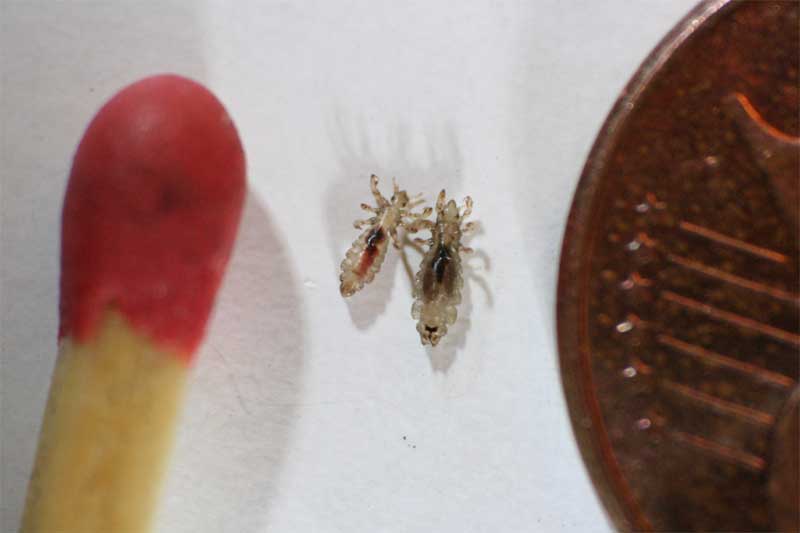Head lice are tiny insects – about the size of a sesame seed – that live in human hair, and feed on human blood. They are most commonly found on children, but can also be on adults. Head lice infest around 10 million to 12 million people in the U.S. each year. Below is some information about head lice, how they are spread, and how to avoid getting head lice.
commonly found on children, but can also be on adults. Head lice infest around 10 million to 12 million people in the U.S. each year. Below is some information about head lice, how they are spread, and how to avoid getting head lice.
About Head Lice:
- Head lice infestations are most common in young children, because of their close contact to other children, and can also be spread to adults.
- Severe lice infestations may cause irritation, scratching, and possible secondary infection from bacteria.
- Some people will experience severe itching from lice, while others may have none.
- Head lice must feed every four to six hours, and cannot survive for more than 24 hours without a blood meal
- Head lice are not found on animals or household pets, and are not transmitted between pets and humans.
- Lice cannot jump or fly from one person to another.
Lice will lay eggs in the hair – which are called nits – and attach them to hair shafts.
- The nits are tiny, about 1/32 inch long.
- A female can lay 6-7 nits per day, and up to 140 during her lifetime.
- They hatch in 7-10 days, and must feed within a few hours, or they will die.
- Newly hatched lice will mature in 10 to 12 days, and the adults measure about 1/8 inch in length.
How Are Lice Spread?
Lice are usually spread through direct head-to-head contact that allows them to crawl from one person’s hair into another’s. Lice can survive for a short time on clothing or other personal items, so sharing personal items can spread lice to another person.
Here are some tips on how to avoid head lice:
First – Avoid activities that involve head-to-head contact with others.
Second – Avoid sharing certain items
People often share personal belongings, and lice can spread by them crawling from an object onto your head. To reduce the chance of catching head lice, start by not sharing any items that touch the head. This includes items like:
- Brushes and hair combs
- Hair clips and hair accessories
- Towels
- Hats, bandanas and bike helmets
- Scarves
- Coats and hoodies
- Earbuds and headsets
- Pillows or bedding
Third – Keep Your Belongings Separate From Others
Anywhere that there is shared space, and shared belongings, can become a breeding ground for lice.
- Keep your personal belongings out of common areas— this includes scarves, hats, coats, and clothing.
- Closets, lockers, drawers, and shared clothes hooks can create an easy opportunity for lice to pass from one person’s things to another’s
- Daily washing and changing of clothes will also help prevent lice.
A Few More Things You Should Know
- It can sometimes take up to six weeks for someone with head lice to experience symptoms such as itching, So…just because someone is not itchy, it does not mean they don’t have lice or nits in their hair.
- Most lice transmissions occur when children go back to school in the fall.
- Children should be checked for lice so that a new infestation can be caught – and treated – early.
- Schools may report a head lice infestation. If this happens, take action as soon as possible to get the infestation under control.
